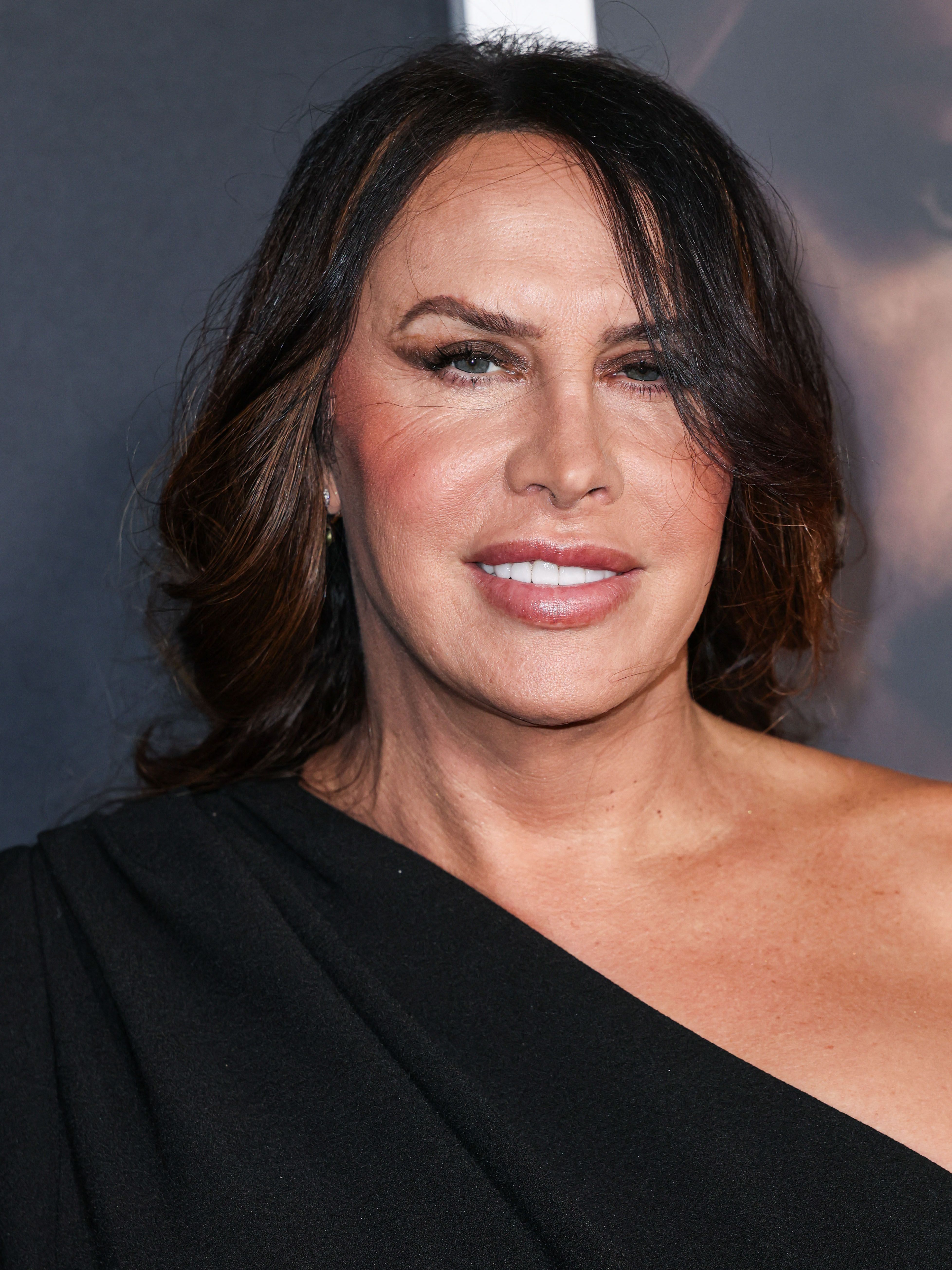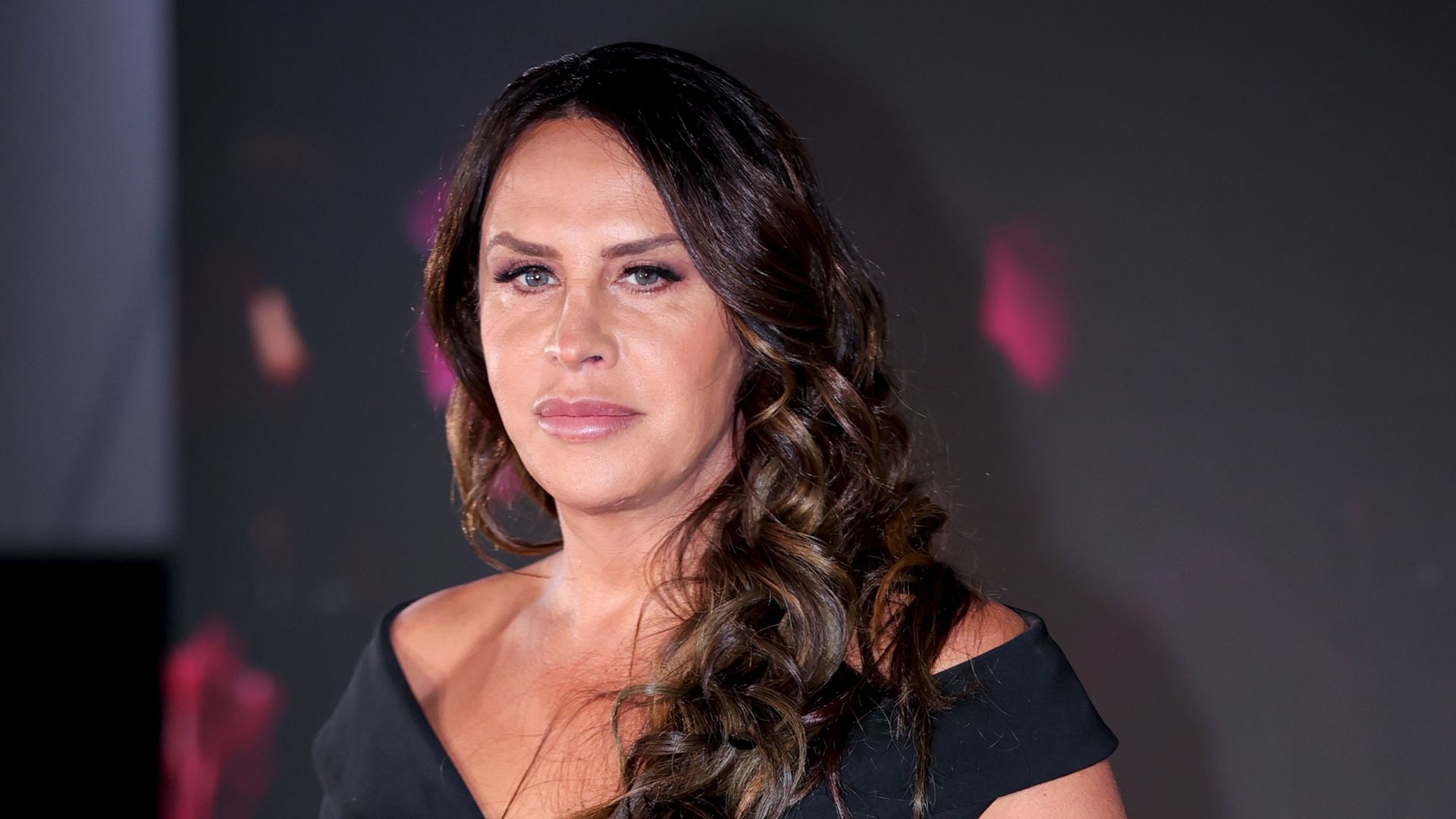Karla Sofia Gascon Controversy - Public Attention
It's really something, how certain names just seem to draw a lot of public attention, isn't it? When we hear a name like "Karla," it can, you know, bring to mind all sorts of different stories and people. From the bright lights of social media to the quiet intensity of a spy novel, and even to, well, something as everyday as a typeface, this name appears in so many parts of our lives, each with its own kind of public notice.
You see, information gets around very, very quickly these days, doesn't it? It's like, one moment something is just a small piece of news, and the next, it's being shared everywhere, perhaps even in a private online chat group. People are always curious, and stories, whether they are big or small, tend to travel fast, making their way through our digital connections, so.
And what's interesting is that the types of stories linked to these public figures can vary quite a lot. Some are about fun online content and creative expression, while others might touch on very serious, rather somber events that truly make you think. It just goes to show how many different kinds of narratives can be connected to a single name, especially when it belongs to someone in the public eye, you know?
Table of Contents
- Understanding Public Figures
- What Do We Know About Public Personalities?
- The Digital Footprint - Connecting with People
- How Do Online Platforms Shape Public Views?
- When Stories Get Serious - Examining Difficult Truths
- What Happens When Real-Life Events Become Public?
- The Many Faces of a Name - From Fiction to Font
- How Do Different Representations Influence Our Thoughts?
Understanding Public Figures
When we talk about people who are known by many, there's always a certain fascination, isn't there? We often wonder about their life details, what makes them tick, and how they came to be so visible. It's a natural human tendency, really, to want to get a sense of someone's personal story, to see what experiences have shaped them, and how they present themselves to the world. This interest forms a big part of how we think about those who live in the public eye, you know, like your favorite actors or artists.
What Do We Know About Public Personalities?
Gathering information about someone who is widely recognized can feel a bit like putting together a puzzle, as a matter of fact. We pick up bits and pieces from various places, trying to form a complete picture. This process of learning about a public figure's background and what they do is pretty much how we start to form an opinion about them. It helps us understand their place in the broader conversation, and how their actions might be perceived by a lot of different people, so.
| Public Persona | Often seen through various lenses, depending on their public presence and what they choose to share. |
| Known For | Could be for digital content, artistic work, or even involvement in significant events that capture public thought. |
| Digital Reach | Measured by online engagement and the number of people who follow their activities across different platforms. |
| Narrative Association | Linked to real-life stories, fictional tales, or even abstract concepts like design elements in everyday items. |
The Digital Footprint - Connecting with People
It's quite amazing, actually, how much of a person's public image is built through their online presence these days. Think about someone like Karla Bustillos, for instance. Her TikTok account, with its massive number of likes and followers, shows just how much influence a digital platform can give someone. People connect with her content, and that connection builds a very real kind of public profile, almost instantly. It's a testament to the way online spaces let us reach out and share things, pretty much.
When a person has, say, over a billion likes on their videos, that's not just a number; it represents a huge amount of engagement and interest from people all over. It means that what they share, whether it's music or just everyday snippets, resonates with a vast audience. This kind of widespread appeal, it's a bit like a ripple effect, where one person's creativity touches so many others, you know?
And it's not just about the likes, either. Having millions of followers, as Karla Bustillos does, means there's a constant stream of people paying attention to what she does next. This kind of following builds a community around a person, a group that is really invested in their journey and their output. It's a powerful way for public figures to keep in touch and share their work, as a matter of fact.
How Do Online Platforms Shape Public Views?
Online platforms, they really do play a significant role in how we see and understand public figures, don't they? They offer a direct line to an audience, allowing personalities to share their thoughts and creations without many filters. This immediate access can build a strong sense of connection, making people feel like they know the person better, which can be quite impactful, I mean.
The way content spreads on these platforms, it can shape public views very, very quickly. A popular video or a widely shared post can create a collective impression, influencing how a person is perceived by a large number of individuals. It's a dynamic process, and public opinion can shift and form based on these digital interactions, obviously.
So, when you see someone like Karla Bustillos asking people to listen to her music or follow her on another platform, it's all part of building that larger digital presence. It's about guiding people to where her creative work lives, and encouraging them to stay connected with her story. This kind of outreach is a common way for public figures to keep their audience engaged, basically.
When Stories Get Serious - Examining Difficult Truths
Sometimes, the stories connected to a name can be much more somber, touching on very serious and difficult events. There are true stories, for instance, about real-life events that become widely known, and these can be very, very disturbing. The case of Paul Bernardo and his wife, Karla Homolka, is one such example, involving truly awful acts against young girls. These kinds of stories, based on real events, remind us that not all public narratives are about fame or entertainment, you know?
It's a stark reminder that some public figures become known for reasons that are deeply troubling. The details of such events, like the kidnapping and sexual abuse mentioned in relation to Karla Homolka, are often widely reported, leaving a lasting impression on the public consciousness. It's a different kind of public attention, one marked by sadness and a sense of profound shock, to be honest.
The idea of a "true story about a woman who falls in love with a violent rapist" speaks to the very dark and complex side of human behavior that can, unfortunately, become public knowledge. These narratives are not about celebrating success or talent; they are about confronting the difficult parts of our shared reality. They show how a name can become associated with truly unsettling events, which is pretty much the opposite of what we often think of when we talk about public figures, so.
What Happens When Real-Life Events Become Public?
When real-life events, especially those with such a serious nature, become public, they often spark widespread discussion and strong feelings. People try to make sense of what happened, to understand the motivations, and to grapple with the impact. This public grappling can be a very, very intense process, as communities try to come to terms with such dark truths, I mean.
The stories of Canada's most notorious serial killers, Paul Bernardo and Karla Homolka, illustrate how certain events can become ingrained in a nation's memory. These accounts, detailing horrific crimes, remain a part of public discourse, serving as a reminder of the capacity for cruelty. It's a heavy kind of public knowledge, one that carries a lot of weight, you know?
These types of narratives are often shared and discussed not for entertainment, but as a way to process, to warn, or to remember. They become cautionary tales, or subjects of legal and psychological study, showing how public attention can focus on the most difficult aspects of human experience. It's a very different kind of spotlight than the one found on social media, obviously.
The Many Faces of a Name - From Fiction to Font
Beyond the real-life stories, a name like "Karla" can also show up in the world of fiction, adding another layer to its public presence. Take, for instance, the recurring character named Karla in the works of John le Carré. This Karla is a Soviet intelligence officer, leading a directorate within Moscow Centre, which is le Carré's fictional version of the KGB. This portrayal gives the name a sense of mystery, cunning, and a certain kind of cold intellect, you know?
The way a character like this is written, it shapes how we might perceive the name itself. It links "Karla" to espionage, to hidden operations, and to a world of secrets and strategic thinking. It's a very different kind of association than what you'd find with a social media star or a true crime figure, showing just how varied the public image of a name can be, as a matter of fact.
And then, in a completely different vein, there's even a typeface called "Karla." It's described as a grotesque sans serif family, which has been expanded into a variable font with different weights. This shows how a name can even be applied to something as abstract as a design element, giving it a visual identity that is separate from any person or story. It's a kind of public presence that is about aesthetics and functionality, rather than personal narrative, basically.
How Do Different Representations Influence Our Thoughts?
It's quite interesting to consider how these different representations of a name can influence our thoughts and feelings about it, isn't it? When we encounter a name like "Karla" in so many different contexts—from a popular online personality to a shadowy spy, or even as a font—it builds a complex web of associations in our minds. Each instance adds a new shade to the overall perception, so.
The way a name is used, whether it's in a catchy song, a gripping novel, or a design project, contributes to its public identity. These varied appearances mean that the name "Karla" isn'

Karla Sofía Gascón Recalls Impact of Racial Tweet Controversy

Karla Sofía Gascón Social Media Posts Controversy Explained - Betches

Karla Sofía Gascón Cancels Appearances Due To Controversy - mxdwn Movies